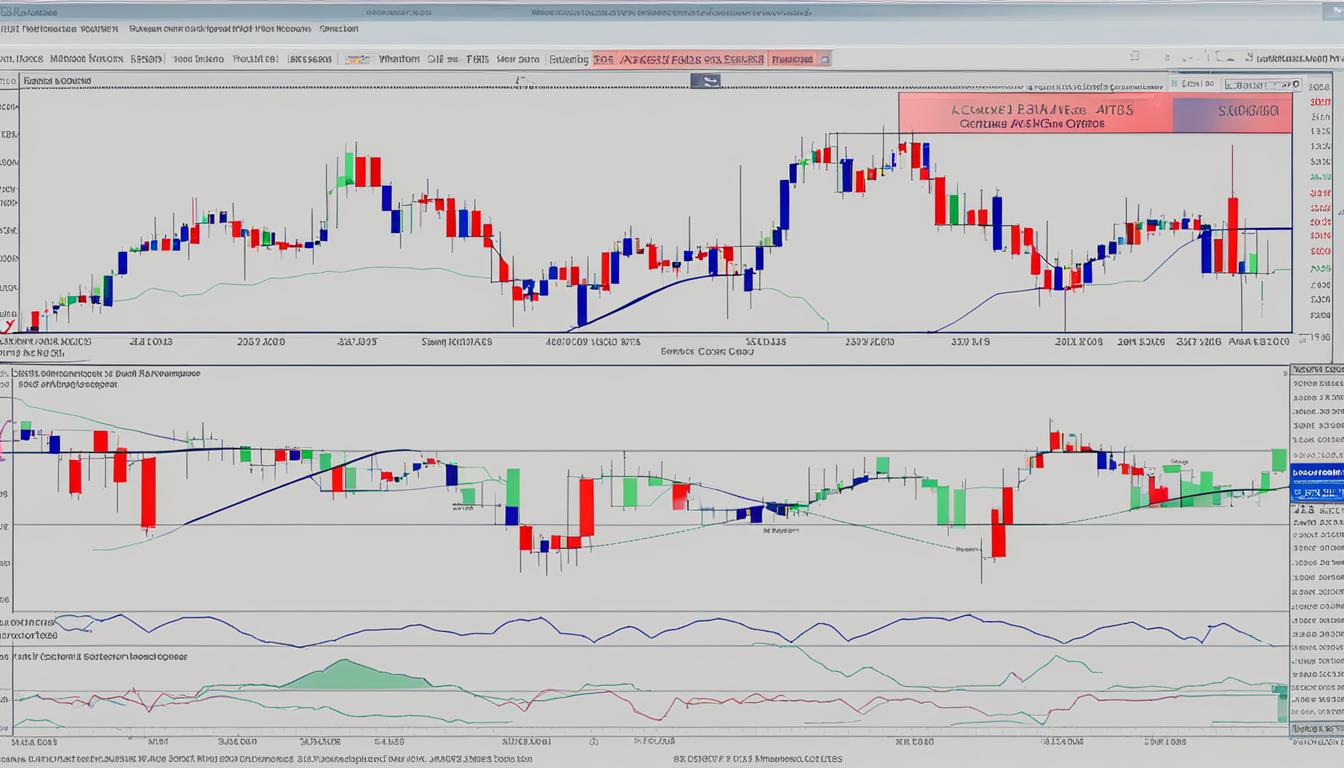Key Moving Averages for Options Trading
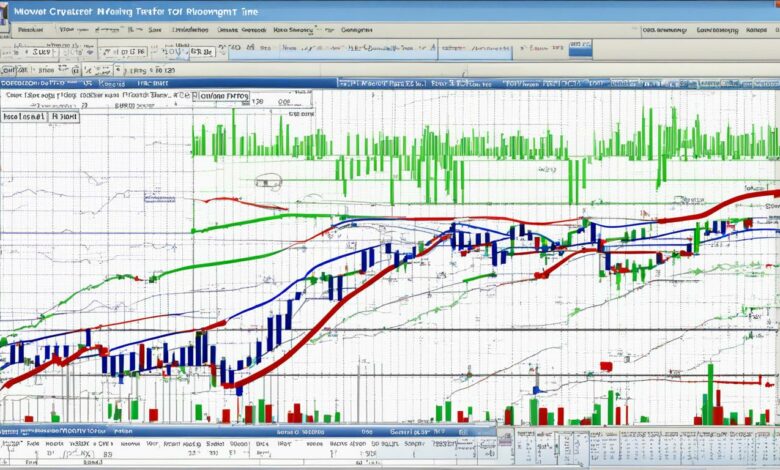
Amazing as it may seem, more than 90% of options traders use moving averages as part of their trading strategy. What makes this statistical fact intriguing is the reliance on moving averages, highlighting their invaluable role in guiding investment decisions in options trading. From providing real-time data and historical insights to acting as essential navigators in both entry and exit strategies, moving averages are truly transforming the options trading landscape.
Whether it’s the simple moving average (SMA) or the exponential moving average (EMA), both represent foundational elements in identifying trading opportunities—enhancing the process of setting up moving averages options strategies. By smoothing out price data over a specified timeframe, moving averages provide a transparent picture of market trends, giving traders an edge in their decision-making process. So, let’s take a deep dive into understanding the strengths, implications, and applications of the most important moving averages for options trading.
Key Takeaways
- Moving averages act as crucial tools in options trading, providing a platform for informed decision-making.
- The Simple Moving Average (SMA) and the Exponential Moving Average (EMA) offer invaluable insights for options trading moving averages opportunities.
- There exists a high reliance on moving averages in options trading, demonstrating its significant role in guiding investment strategies.
- Moving averages smooth out data, providing a clearer picture of market trends— making them essential elements in executing moving averages options strategies.
- Selecting the appropriate moving averages is critical in tapping the full potential of options trading as it directly impacts entry and exit strategies.
Understanding Moving Averages in Options Trading
In the world of options trading, understanding the use and implications of moving averages is paramount. These averages provide traders with a sense of market direction and sentiment, thereby aiding in making successful market predictions. The best moving averages for options trading can greatly enhance a trader’s strategy and results.
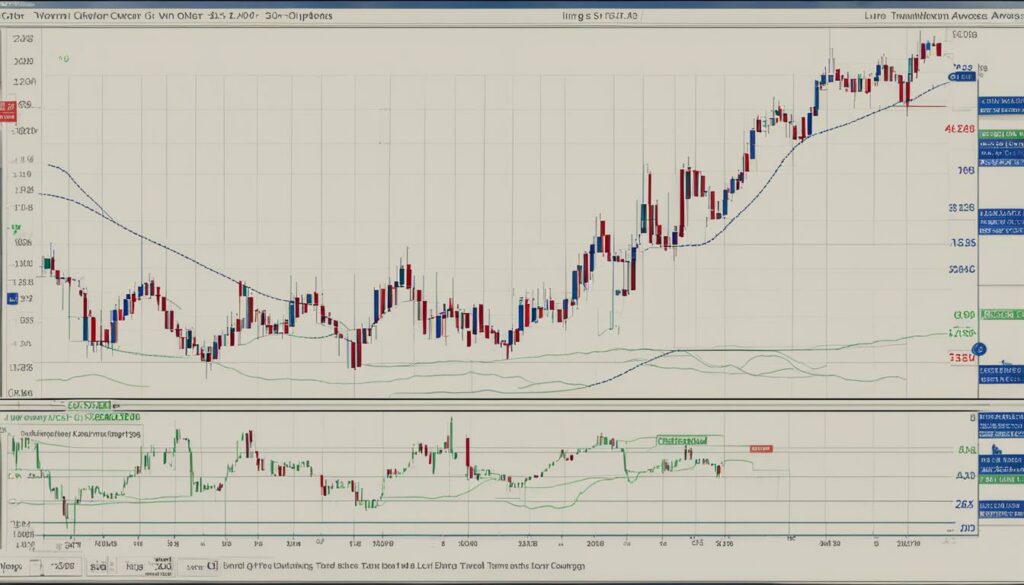
Defining Simple and Exponential Moving Averages
Moving averages come in two main types; the Simple Moving Average (SMA) and the Exponential Moving Average (EMA). The SMA calculates an average of price data over a specified period. In contrast, the EMA gives more weight to recent price data. This makes the EMA more integral in quick response to price changes, becoming an essential tool for intraday traders.
The Role of Moving Averages as Trend Indicators
The SMA and EMA serve a crucial part in trend-identification as they enhance a trader’s ability to predict the market’s direction. As trend-following or lagging indicators, they’re based on past prices. While they may not necessarily predict market trends, they are reliable in confirming them, making them one of the best moving averages for options trading.
Impact of Price Fluctuations and Market Noise on Moving Averages
Moving averages are designed to smooth out price fluctuations and filter out market noise. Market noise includes short-lived spikes or declines caused by news or earnings announcements. Therefore, using moving averages in options trading helps traders to keep focused on the core trend and not get swayed by temporary market volatility.
| Type of Moving Average | Characteristics | Strengths |
|---|---|---|
| Simple Moving Average (SMA) | Equally values data over a specified price period | Provides a smooth line that can easily highlight long-term trends |
| Exponential Moving Average (EMA) | Assigns higher weighting to recent price data | More responsive to recent price changes, ideal for short-term trends |
Most Important Moving Averages for Options Trading
In an ever-fluctuating securities market, understanding and correctly deploying moving averages is a crucial aspect of successful options trading. With innumerable possibilities for the application of moving averages, grasping their individualistic nature becomes fundamental. The immediate challenge is understanding which moving average best fits your trading style. Is it a short-term or a long-term moving average? An elementary grasp of these terminologies fortifies your groundwork for options trading strategy.
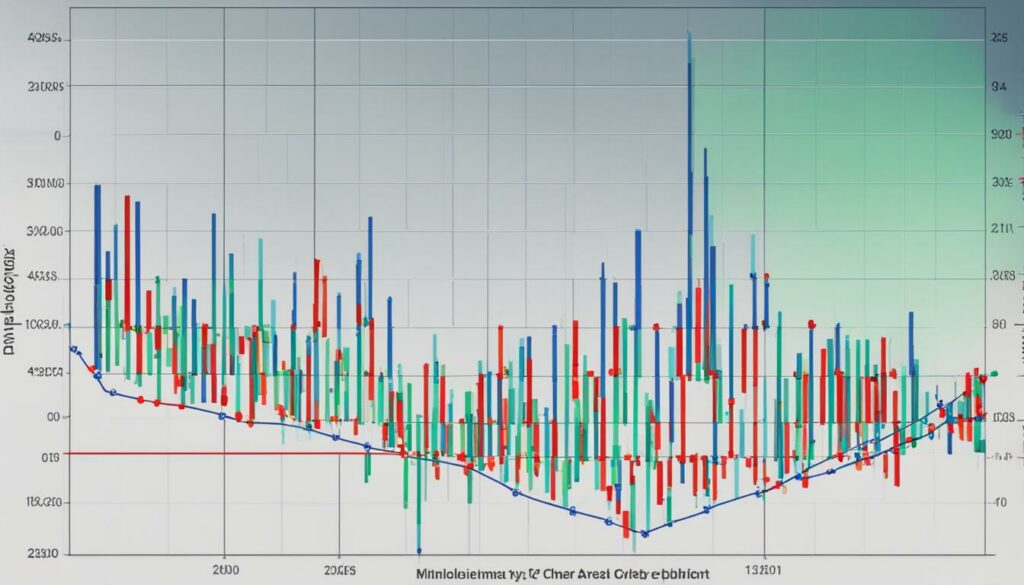
Choosing the Right Moving Average for Your Trading Style
A strategic options trading move pivots on the judicious choice of a moving average. To ensure you are on top of your trading game, align your options trading strategy with a moving average that best complements your trading style. The directness of Exponential Moving Averages (EMAs) often become the go-to choice for day traders. EMAs like 5-period, 8-period, and 13-period averages address their need for quick signals that are responsive to price action. If you are a swing trader, you might favor Simple Moving Averages (SMAs) like the 20-period, 50-period, or 200-period averages that offer a broader view of market trends while being less sensitive to minor price fluctuations.
Analysis of Short-term Versus Long-term Moving Averages
Understanding the different moving averages plays a key role in the effective application of any options trading strategy. The prevalent periods typically employed in trading include 5-day, 10-day, 20-day, 50-day, 100-day, and 200-day averages. The choice of a short-term or long-term moving average often comes down to personal preference and the individual’s trading strategy.
| Short-term Averages | Long-term averages |
|---|---|
| 5-day EMA | 50-day SMA |
| 10-day EMA | 100-day SMA |
| 20-day EMA | 200-day SMA |
In their pursuit of capturing market trends, day traders often choose EMAs such as the 5-day, 10-day, or 20-day averages. As they are more reactive to price movement, these averages provide quicker signals that are crucial for rapid entries and exits from the market. Conversely, swing traders typically opt for SMAs, such as the 50-day, 100-day or 200-day averages. They provide a wider view of market trends and are less reactive to minor price changes, making it easier to detect longer-term trend changes and enabling more strategic decision-making.
Effective Moving Averages for Day Traders
Day traders can use certain moving averages to their advantage in order to navigate the zealous pace of the financial markets. Of particular interest are the 5, 8, and 13-period Simple Moving Averages (SMAs), which can provide fast insights into market conditions. Accordingly implementing these moving averages in their trading strategies allows traders to react quickly, capitalizing on the market swings throughout the day.
How 5, 8, and 13-period SMAs Provide Quick Trading Signals
These specific moving averages fall within the Fibonacci sequence, a feature that allows traders to identify changes in momentum swiftly. The options trading moving average crossover that incorporates 5, 8, and 13-period SMAs can illuminate prime trading opportunities when there is an increase in momentum. Conversely, decreasing momentum could hint at a more suitable time to exit the market.
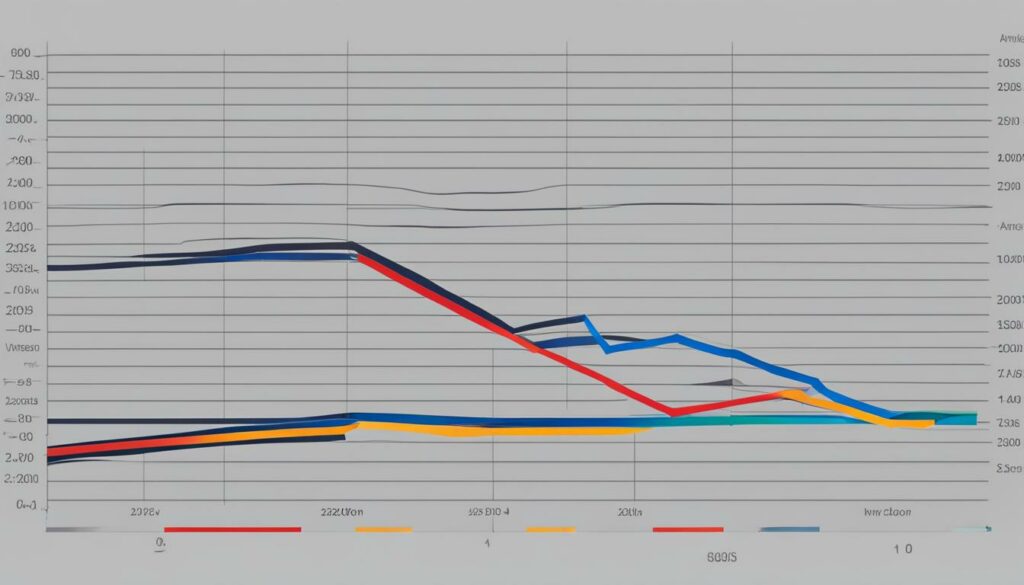
These moving averages can be adapted to any short-term time frame for different trading styles such as scalping, intra-day and overnight holds. Their effectiveness is enhanced when they are visually compared against price, analyzing their slopes to decipher changes in momentum.
The Importance of Adjusting Moving Average Settings
Adjusting the settings of SMAs to match the charting length is crucial for achieving optimal results. Tailoring the parameters of your moving averages allows you to better align with the market conditions and trading strategy, creating specificity from the moving averages options strategies.
An adjustable configuration can make your moving averages more responsive or less reactive based on your need – a versatile tool that caters to individual trading strategies and market views.
Identifying Trends with Moving Averages
One of the critical aspects of trading with options is the ability to identify prevailing trends and make decisions based on these market movements. That’s where moving averages can play a significant role, providing valuable insights to maneuver effectively within these trends. By understanding indications of bullish and bearish signals, as well as correctly interpreting crossovers, traders can pinpoint the most effective options strategies.
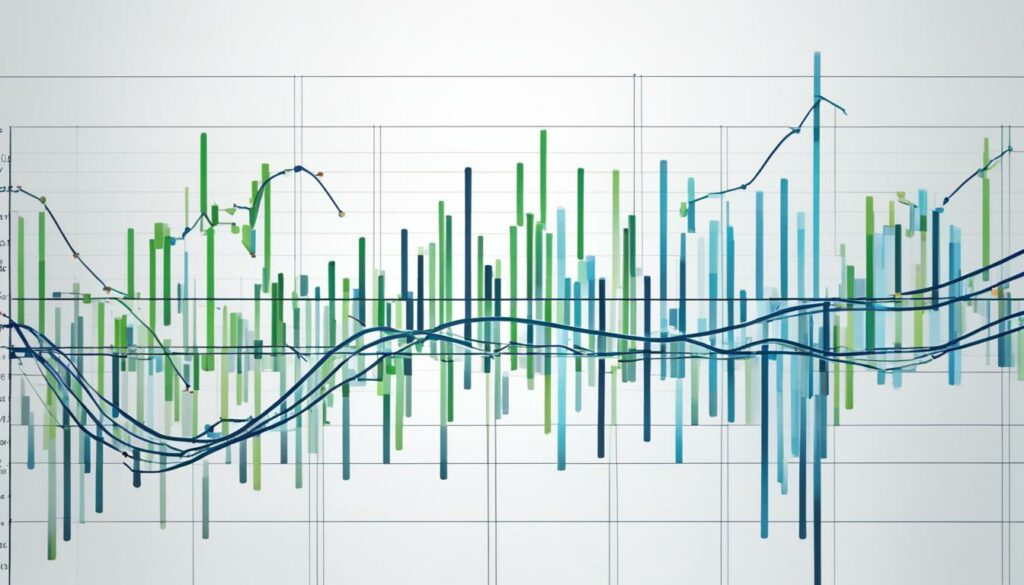
Differentiating Between Bullish and Bearish Market Signals
Bullish and bearish signals are formed based on the movements of short-term and long-term moving averages. It’s essential to differentiate between these signals to align with the best moving averages for options trading. In a bullish scenario, when a shorter-term moving average crosses above a longer-term average, it indicates potential buying opportunities. This upward crossover denotes that the particular security’s price is gaining momentum, which is a positive signal for traders. Conversely, a bearish scenario is identified when a shorter-term moving average crosses below a longer-term one, implying negative momentum and suggesting selling or short selling opportunities.
Using Crossovers to Determine Market Entry and Exit Points
Understanding crossovers between moving averages can serve as an effective strategy for determining optimal market entry and exit points. When the price crosses above a longer-term moving average, it may be an ideal time to enter the market, leveraging the potential for upward momentum. On the flip side, when the price crosses below the long-term moving average, it may be the right time to exit or minimize a position to reduce potential losses. These crossovers also help highlight potential trend reversals, providing timely insights for traders to adapt their moving averages options strategies.
By simplifying trend identification and providing important trade signals, moving averages can enhance decision-making for options traders. However, it is crucial to remember that these strategies should be incorporated within a robust risk management framework to safeguard from potential market volatilities.
Using Moving Averages as Dynamic Support and Resistance Levels
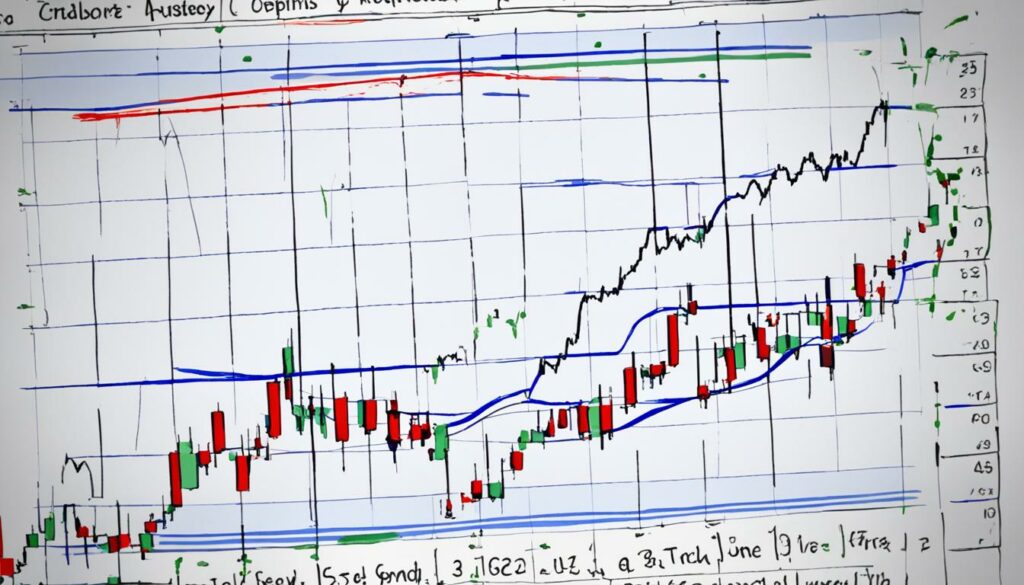
In the world of options trading, moving averages display a unique fluidity, conforming to shifts in the market and play critical roles as dynamic support and resistance levels. Acting like virtual barriers, they either support a fall (bullish markets) or oppose a rise (bearish markets) in price action. This framework provides a crucial foundation for implementing effective options trading strategies.
Implementing Moving Averages in Options Trading Strategies
Options traders take advantage of these dynamic levels by treating them as points of interest, where prices often react either by retreating or breaking through. A moving average becomes a floor that prices bounce off when the overall market trend is bullish. On the contrary, in a bearish market, it acts as a ceiling from which prices might pullback. Notably, the performance and reliability of moving averages greatly depend on the market environment. Stability in trends often results in moving averages showing high accuracy. Therefore, traders must learn to identify these levels and devise efficient moving averages options strategies.
Spotting Trend Reversals with Moving Average Analysis
Another significant benefit of using moving averages in options trading is their ability to facilitate the identification of potential trend reversals or shifts. For instance, if an asset’s price remains consistently above a specific moving average, this could indicate a potent uptrend. At the same time, prices swinging around a moving average may signify a less assertive trend, warning of possible reversals ahead. This capability to detect changes in market direction early makes moving averages an indispensable tool in any options trader’s toolkit.
In summary, effectively leveraging options trading moving averages adds an additional layer of sophistication to trading strategies. By understanding how to use these dynamic levels, traders can make more informed decisions and potentially increase their chances for successful trading outcomes.
Technical Analysis Indicators to Complement Moving Averages
In pursuit of robust options trading strategies, complementing moving averages with other technical indicators can yield significant insights. This provides traders with a comprehensive view of the markets, enabling them to make informed and nuanced trading decisions.
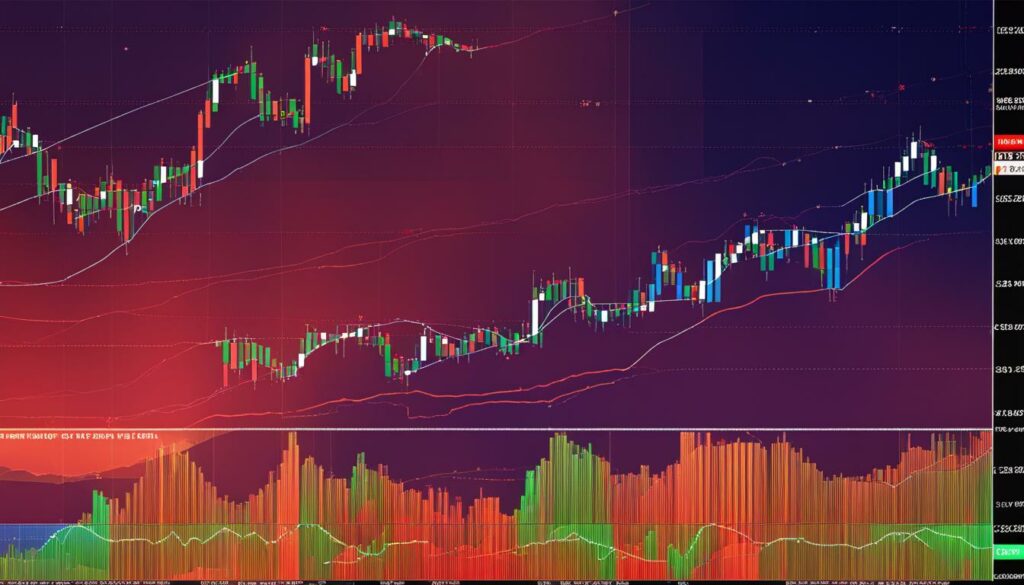
Combining RSI, MACD, and Bollinger Bands with Moving Averages
By integrating moving averages with tools such as the Relative Strength Index (RSI), Moving Average Convergence Divergence (MACD), and Bollinger Bands, traders can consolidate trade signals and better assess market conditions. For instance, RSI is a handy tool to help identify overbought or oversold conditions. In contrast, MACD illustrates momentum and trend changes.
Adding a measure of volatility around moving averages, Bollinger Bands offer dynamic support and resistance levels and can identify potential entry and exit points. Together, these tools can significantly enhance the effectiveness of options trading moving averages.
Using Volume Weighted Moving Averages for Enhanced Insights
Equally, the Volume Weighted Moving Average (VWMA) is a valuable addition to an options trader’s arsenal. VWMA lays a greater emphasis on volume, aligning price trends with volume spikes. This enables traders to disentangle market noise and graphic distortions caused by high volume periods, rendering the VWMA particularly useful for identifying the beginning or end of trends.
Utilizing these combinations of indicators as part of your moving averages options strategies provides a comprehensive view of the markets, helping you make well-informed trading decisions.
Characteristics and Limitations of Moving Averages in Options Trading
Incorporating moving averages into options trading strategies provides an insightful perspective on the market trends. Traders, however, must understand the key characteristics and inherent limitations of these indicators to fully leverage their potential in implementing effective options trading strategies.
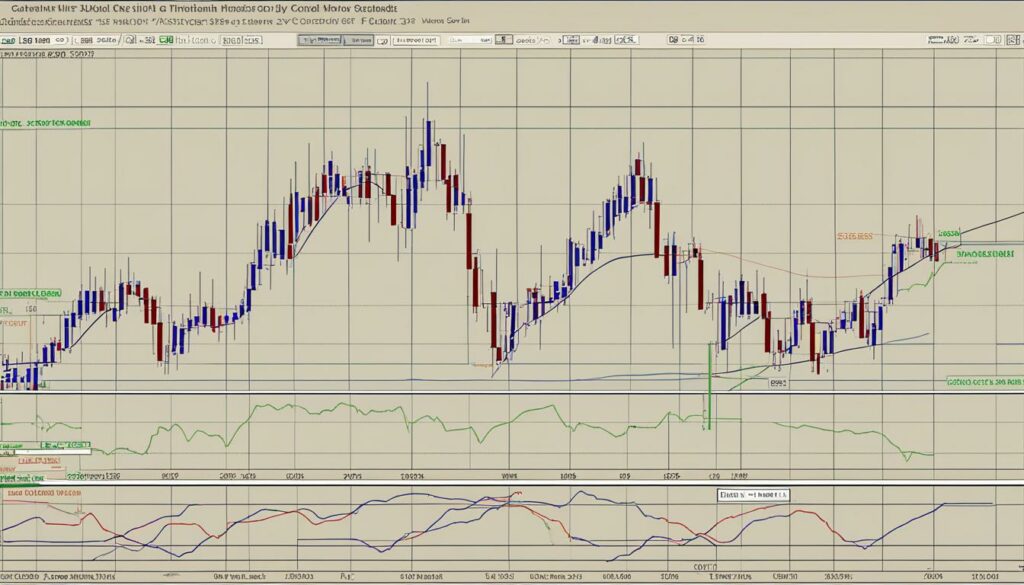
Understanding the Lagging Nature of Moving Averages
Moving averages, by default, are lagging indicators rooted in historical prices. Consequently, in volatile markets where price movements are swift and unpredictable, these indicators might exhibit a slight delay. The relevant signals they provide to traders relating to moving averages options strategies could potentially lag behind the market’s rapid alterations. This lagging aspect makes it crucial to configure moving averages that suit the market conditions and align with the trading style in practice. This approach helps mitigate the impact of the delay, particularly in volatile market scenarios where quick changes in direction are a common occurrence.
Addressing the Challenges of Moving Average Adaptability
In addition to their lagging nature, moving averages may also trigger self-fulfilling market predictions due to herd behavior induced by their widespread popularity. You might assume that a certain activity will result in a rise or fall in the market, and this expectation could potentially influence the market in that predicted direction. Hence, caution is recommended when using these popular indicators. Traders may need to corroborate moving average signals with supplementary forms of analysis and combine them with other financial indicators for a comprehensive read on market conditions. This ensures a more balanced approach, making it possible to construct the best moving averages for options trading.
| Characteristics | Limitations | |
|---|---|---|
| Simple Moving Average (SMA) | Calculates the average of price values over a specific period, provides a smooth indicator helping to identify overall market trend. | Can be slower to react to price changes due to calculation method. Can cause delayed signals requiring careful interpretation. |
| Exponential Moving Average (EMA) | Applies a higher weighting to recent prices and responds faster to market changes. Held as superior for short-term trading. | May be overly sensitive to recent price changes and can lead to premature or false signals. |
While no indicator is flawless in predicting market movement, understanding the strengths and weaknesses of moving averages used in options trading strategies can provide a significant trading edge.
How to Select the Best Moving Averages for Your Options Strategy
Perfecting your options trading strategy involves an understanding of various tools and indicators, key among them being the moving averages. The process of selecting the best moving averages is not simply a matter of picking one over another. Rather, it is a nuanced exercise in understanding various time frames, market conditions, and your trading style. Given their significance in the trading landscape, we offer you insights on how to opt for moving averages that best resonate with your options strategy.
Evaluating Time Frames and Market Conditions for Moving Average Selection
The journey towards identifying the best moving averages for options requires an understanding of different time frames and market conditions. Factors such as whether you’re a day trader soliciting quick signals or a swing trader looking for a steadier outlook could influence your choice between the Exponential Moving Averages (EMAs) and the Simple Moving Averages (SMAs). It’s crucial to align your moving average with your typical holding period, thus ensuring that your average reflects the conditions of the market you’re engaging with.
Adjusting Moving Averages for Volatility and Price Momentum
Moving averages are not a one-size-fits-all tool. Therefore, it is crucial to adjust them to keep pace with current market fluctuations, volatility, and price momentum. Adjusting your moving averages allows you to keep your finger on the pulse of rapidly changing markets, enabling optimal trading performance. Through this continual fine-tuning, you can ensure that your options trading strategy remains rooted in reality, making the most out of market trends and patterns for your trading success.





